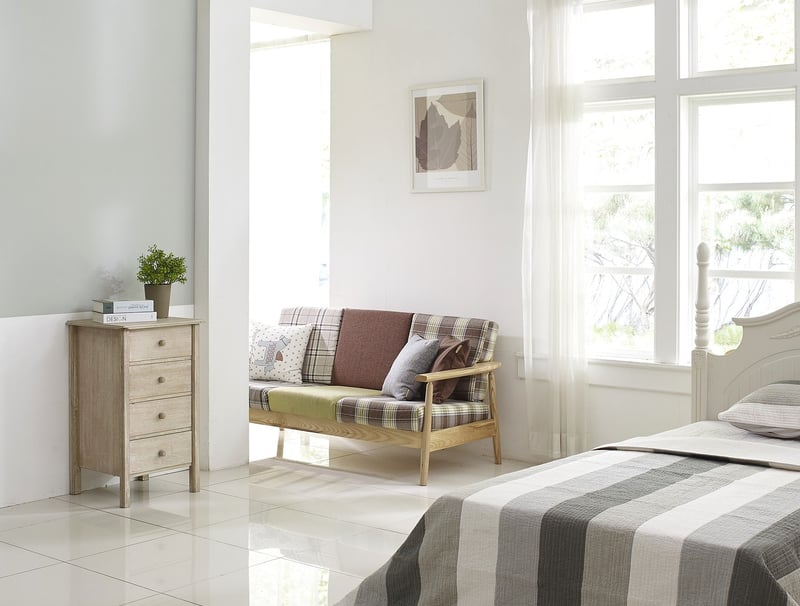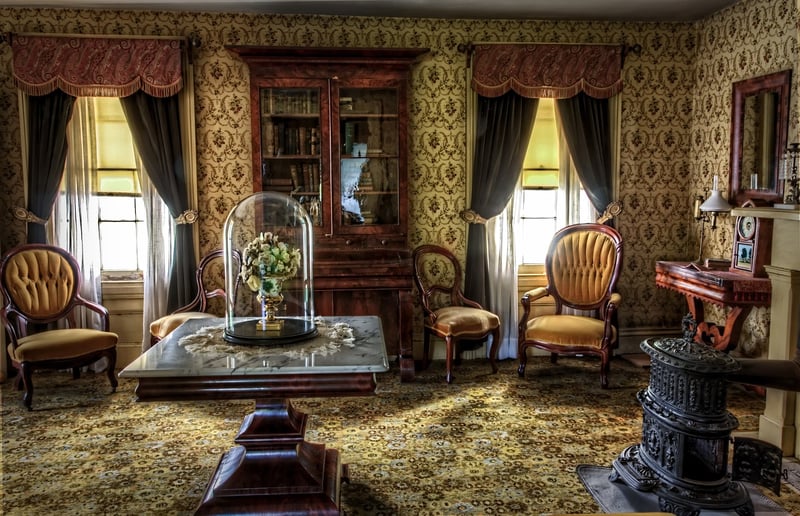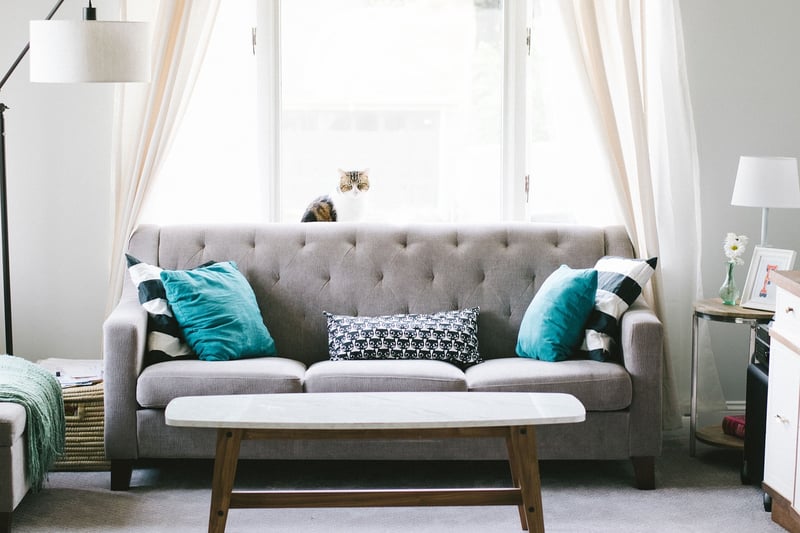Space Age
The Evolution of Design: Exploring Different Eras and the Space Age
Design has always been a reflection of the times we live in, capturing the essence of each era's unique characteristics. From the ornate styles of the Victorian era to the sleek minimalism of modern design, each period has left its mark on the world of art and aesthetics. Let's take a journey through time and explore the evolution of design across different eras, including the futuristic Space Age.
1. Victorian Era (1837-1901)
The Victorian era was characterized by opulence, elegance, and intricate detailing. Furniture and decor during this period were often elaborate, featuring rich materials like dark woods, velvet, and intricate carvings. Ornate patterns and motifs inspired by nature were prevalent in Victorian design.

2. Art Deco (1920s-1930s)
Art Deco design emerged in the 1920s and 1930s, characterized by geometric shapes, bold colors, and luxurious materials like chrome, glass, and mirrors. This style exuded glamour and sophistication, with sleek lines and a modern aesthetic that celebrated the machine age.

3. Mid-Century Modern (1940s-1960s)
Mid-Century Modern design became popular in the post-World War II era, emphasizing functionality, simplicity, and a connection to nature. Clean lines, organic forms, and a focus on comfort characterized this style, which remains influential in contemporary design.

4. Space Age (1950s-1970s)
The Space Age design movement emerged during the mid-20th century, inspired by the technological advancements and fascination with space exploration. Futuristic shapes, shiny materials like plastic and chrome, and a palette of silver, white, and bright colors defined this style, reflecting a vision of a futuristic world.

5. Postmodernism (1970s-1980s)
Postmodernism in design challenged the notions of traditional design principles, embracing eclecticism, irony, and bold experimentation. Mixing elements from different styles and time periods, postmodern design celebrated individuality and diversity in a playful and unconventional manner.

Each design era has left a lasting impact on the world of art, architecture, and interior design, shaping the way we perceive and interact with our surroundings. By exploring the evolution of design across different eras, we gain a deeper appreciation for the creativity and innovation that continue to drive the field of design forward.
